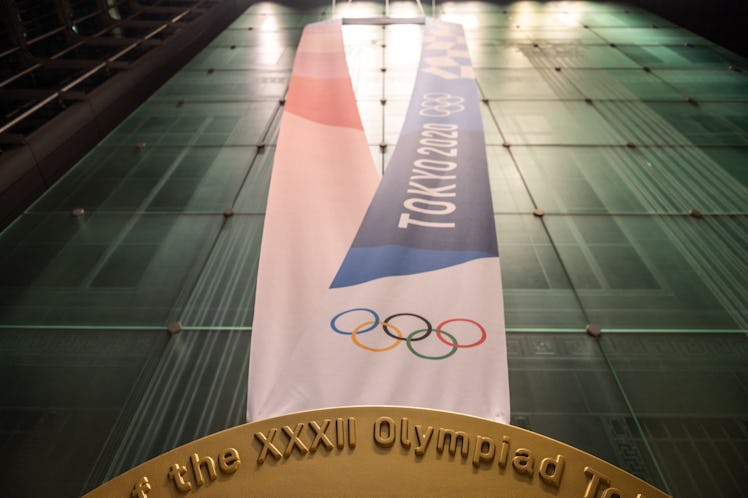
The 2021 Olympic Medals Have Been Redesigned For A Great Reason
It’s all about keeping up with a theme.
One of the best parts of the Olympic Games is the sheer spectacle of it: the “wow” factor that comes along with hundreds of countries uniting to celebrate global sportsmanship. But while the glamor may be fleeting, there are some things that will last (almost) forever — like the Olympic medals athletes will take home once the Games are over. That’s why the designs for this year’s batch of medals are so unique.
In July 2019, the Tokyo Organizing Committee of the Olympic and Paralympic Games revealed the medal designs, which were primarily centered around Japanese culture and environmental sustainability, for the 2020 summer events. According to the official Tokyo 2020 site, the organizing committee launched the “Tokyo 2020 Medal Project” in April 2017 to gather small electronic devices, like used mobile phones, to extract the materials needed to produce the Olympic medals in an environmentally sustainable way. Per The Science Times, about 158 million pounds of used electronics were donated by people all over Japan, which were then reduced to 7,700 pounds of silver, 4,850 pounds of bronze, and nearly 71 pounds of gold.
“Approximately 5,000 medals have been produced from small electronic devices that were contributed by people all over Japan,” the official Olympic site for the Tokyo 2020 Games states. “This project makes Tokyo 2020 the first in the history of the Olympic and Paralympic Games to involve citizens in the production of medals, and to manufacture the medals using recycled metals.”
Medal designer Junichi Kawanishi also included motifs inspired by traditional Japanese culture, like “ichimatsu moyo (harmonized checkered patterns), and kasane no irome (traditional kimono layering techniques).” Per the Olympic report, the ribbons attached to the medals were also sustainably created, being made from chemically recycled polyester fibers that give off less carbon dioxide than non-recycled fibers during the production process.
In Japan, recycling is key in maintaining the country’s waste management systems. Each year, the nation is consistently able to recycle the majority of its waste in one way or another: In 2018 alone, Japan recycled 84% of its collected plastic waste. To compare, the United States only recycles about 9% of its collected plastic waste each year. So in 2021, maybe everyone can learn a little more about sustainability through the Tokyo Organizing Committee’s environmentally-friendly victory medals.